Revolutionizing Connectivity
One of the most eagerly awaited technological developments of the twenty-first century is the arrival of 5G networks, which hold the potential to completely transform how people connect, communicate, and use technology. 5G, which replaces 4G, promises to provide higher speeds, less latency, and more dependable connections. Although the technology is still being implemented globally, its potential uses go well beyond enhanced mobile connectivity and quicker download rates. 5G is expected to change a number of sectors, including manufacturing, healthcare, automotive, and entertainment, opening up new avenues for economic expansion and innovation.
This article will examine the foundations of 5G technology, as well as its main advantages, sectors it will disrupt, and obstacles it will need to overcome to become the de facto worldwide standard for connectivity.

1. What is 5G?
The fifth generation of wireless technology, or 5G, is intended to greatly enhance mobile network performance. In contrast to earlier iterations (including 3G and 4G), which were mainly concerned with augmenting mobile broadband and data throughput, 5G is designed to accommodate a more extensive array of functions, encompassing the Internet of Things (IoT), mission-critical communications, and improved mobile broadband.
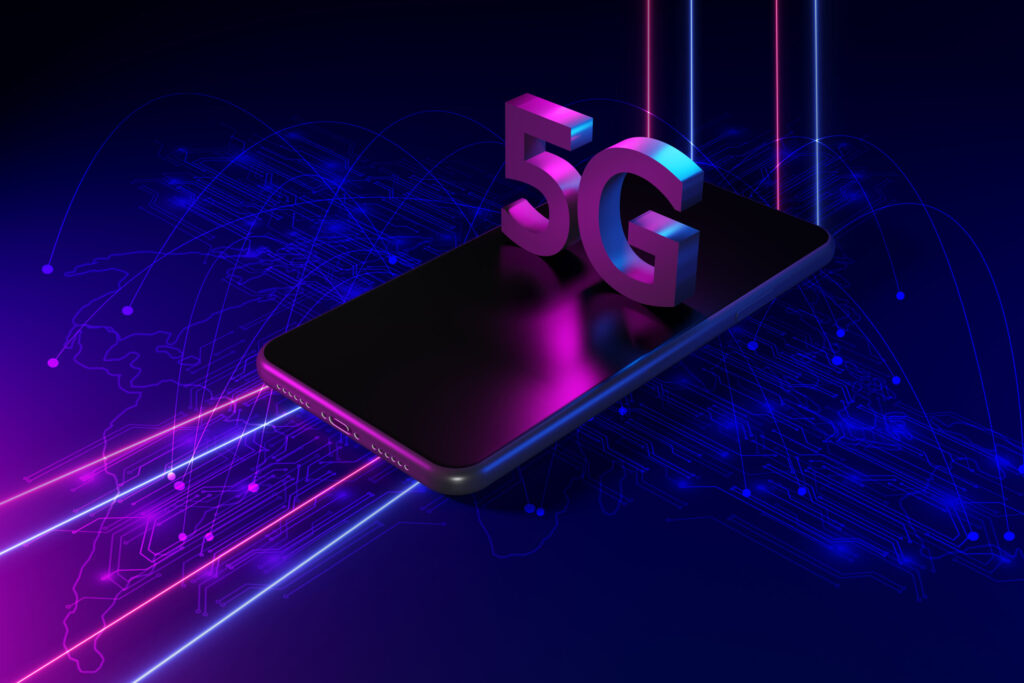
Three fundamental tenets of 5G set it apart from its predecessors:
Enhanced Mobile Broadband (eMBB): 5G is more data-rate-efficient and gives consumers extremely high upload and download speeds, particularly in crowded urban areas where network congestion is a problem.
Ultra-Reliable Low Latency Communication (URLLC): The latency—the amount of time it takes for data to move between devices—is drastically decreased by 5G. For applications where real-time communication is crucial, such as remote surgery, industrial automation, and driverless cars, this is crucial.
Massive Machine-Type Communication (mMTC): 5G is perfect for Internet of Things applications where millions of devices must effectively communicate with one another because it can accommodate a large number of linked devices.
Many applications that were previously impractical or impossible with older wireless technologies will be made possible by these developments.
2. Key Benefits of 5G Technology
Businesses and individuals alike could expect to reap three major benefits from the switch to 5G networks. Among the principal benefits are:
2.1. Quicker Paces
Significantly higher internet rates are one of 5G’s most noteworthy advantages. 5G networks are anticipated to reach speeds of up to 10 Gbps (gigabits per second) or more, whereas 4G networks can only reach up to 100 Mbps (megabits per second). This is a hundred times better than 4G, allowing users to easily use data-intensive apps, stream 4K videos without buffering, and download high quality movies in a matter of seconds.
Businesses will also be significantly impacted by this speed improvement, since it will enable quicker data transfers, cloud-based applications, and real-time collaboration. Industries like healthcare, entertainment, and finance that depend on massive volumes of data will need 5G networks with high throughput.
2.2. Minimal Latency
One of the most crucial elements for real-time systems is latency, or the time it takes for data to be sent and received. 5G networks aim to lower latency to as low as 1 millisecond, compared to 4G networks’ usual latency of 30 to 50 milliseconds. The ability to transmit data almost instantly creates opportunities for applications that need accurate, real-time communication.
For instance, reduced latency is crucial for autonomous cars in the automotive sector, which must communicate in real time with infrastructure and other vehicles in order to prevent collisions and travel safely. In the medical field, reduced latency is essential for remote surgery, which allows physicians to operate on patients from a distance utilizing robotic instruments managed by 5G networks.
2.3. Increased Capacity and Connectivity
Compared to 4G, 5G networks are built to support even more connected devices. Given the exponential growth in IoT device numbers, this is very crucial. Reliable, high-capacity networks are becoming more and more necessary for everything from smart homes and wearable technology to industrial sensors and linked cars.
It is possible to connect billions of devices at once with 5G without sacrificing speed. In order to maximize urban living, networked infrastructure—such as traffic lights, waste management systems, and public transportation—needs to communicate in real time. This improved capacity will be crucial for smart cities.
2.4. Effectiveness of Energy Use
5G networks are intended to use less energy than 4G networks did. As a result, 5G network-connected devices would use less power, resulting in longer battery life and fewer frequent charging requirements. This is especially helpful for Internet of Things devices, since a lot of them are placed in hard-to-reach or remote locations and have to run for long stretches of time without maintenance.
2.5. Enhanced Trustworthiness
More dependability is provided by 5G networks, which is crucial for applications that are mission-critical. To guarantee efficiency and safety, industries including emergency services, defense, and healthcare need extremely dependable communication networks. The increased dependability of 5G guarantees accurate and reliable data transmission even in difficult situations.
3. Industry Applications of 5G Technology
Although individual users will undoubtedly benefit from 5G’s speed and low latency, the technology’s true revolutionary power comes in its capacity to upend entire industries and spur new inventions. Some of the sectors that 5G technology is predicted to significantly impact are listed below.
3.1. Medical Care
Among the industries most likely to gain from 5G is the healthcare sector. New healthcare applications like remote surgery, telemedicine, and real-time patient monitoring will be made possible by the combination of faster bandwidth, lower latency, and improved connectivity.
For example, 5G enables physicians to do intricate operations from a distance by utilizing robotic instruments, since the extremely low latency guarantees that there is no lag between the surgeon’s instructions and the robot’s movements. Moreover, 5G can facilitate the remote monitoring of patients with chronic illnesses, giving medical professionals access to real-time patient health data and the ability to take appropriate action as needed.
3.2. Driverless Cars
The rollout of 5G is also expected to bring about major changes in the automotive sector. For safe and effective navigation, autonomous cars need to be in continuous communication with other cars, infrastructure, and cloud-based services. Autonomous vehicles can now receive and process data in real time, lowering the risk of accidents and enhancing traffic management thanks to 5G’s low latency and great reliability.
Advanced driving assistance systems (ADAS), improved navigation, and real-time traffic and road condition updates can all be benefited by 5G-enabled cars, creating safer and more effective transportation networks.
3.3. Industry 4.0 and Manufacturing
5G will play a major role in enabling Industry 4.0 in the manufacturing sector. Industry 4.0 is the fourth industrial revolution, which is defined by automation, smart factories, and the use of IoT. 5G enables manufacturers to install networked equipment and sensors that can communicate with one another instantly, streamlining production procedures, cutting down on downtime, and cutting waste.
Additionally, 5G will make it easier for manufacturers to adopt virtual reality (VR) and augmented reality (AR), which will increase productivity and decrease errors by enabling workers to get instructions and information in real-time while completing difficult jobs.
3.4. Media and Entertainment
5G is already helping the entertainment sector, especially in fields like augmented reality and virtual reality (VR and AR). VR and AR experiences will become more immersive thanks to 5G’s fast speeds and low latency, giving consumers high-quality graphics and real-time interactivity without the need for bulky wires.
Furthermore, 5G will change how media is created and consumed. Along with innovative interactive entertainment like cloud gaming and real-time virtual worlds, consumers may enjoy live events like concerts and sports tournaments in 4K or 8K quality without any buffering.
3.5. Intelligent Urban Areas
The functioning of smart cities is contingent upon their capacity to interface and oversee a multitude of devices and systems, ranging from energy grids and public transit to traffic signals and security cameras. Real-time communication between these systems will be made possible by 5G, which will improve citizen quality of life and the effectiveness of city services.
By interacting with connected cars and infrastructure, for instance, 5G-enabled smart traffic systems can cut fuel use, improve traffic flow, and lessen congestion. In a similar vein, real-time monitoring and management of energy consumption via smart energy grids can cut expenses and waste.
4. Challenges and Barriers to 5G Adoption
Even while 5G has a lot of potential, a number of issues still need to be resolved before it can be completely deployed globally.
4.1. Costs of Infrastructure
Significant infrastructure investment is needed for the deployment of 5G networks, including the installation of fiber-optic cables, tiny cells, and new cell towers. In rural or underdeveloped locations, where the expense of creating infrastructure may outweigh the potential benefits, this is especially difficult. Collaboration between public and private sectors will be necessary to guarantee that 5G is available throughout the country, not only in major cities.
4.2. Availability of Spectrum
5G networks use low, mid, and high bands among other radio frequencies to function. However, spectrum availability varies by nation, and industry competition for spectrum may pose obstacles to the widespread implementation of 5G. In order to support 5G, governments will need to allot enough spectrum while also meeting the needs of other radio-dependent industries.
4.3. Security Issues
Security rises to the top of the priority list as more and more connected devices and vital apps depend on 5G networks. Cyberattacks that target 5G devices or infrastructure might have major repercussions, especially in sectors like transportation and healthcare. It is crucial to have strong security mechanisms in place to guard 5G networks against threats.
Conclusion
The way we connect and engage with the digital world is about to undergo a radical change thanks to 5G networks. 5G has the ability to completely change a number of industries, including manufacturing, healthcare, automotive, and entertainment, with its quicker speeds, reduced latency, and larger capacity. Nevertheless, addressing obstacles with regard to infrastructure, spectrum availability, and security will be necessary for the successful deployment of 5G.
All facets of society will be impacted by 5G as it spreads over the world, bringing about new inventions and transforming connection in the process.


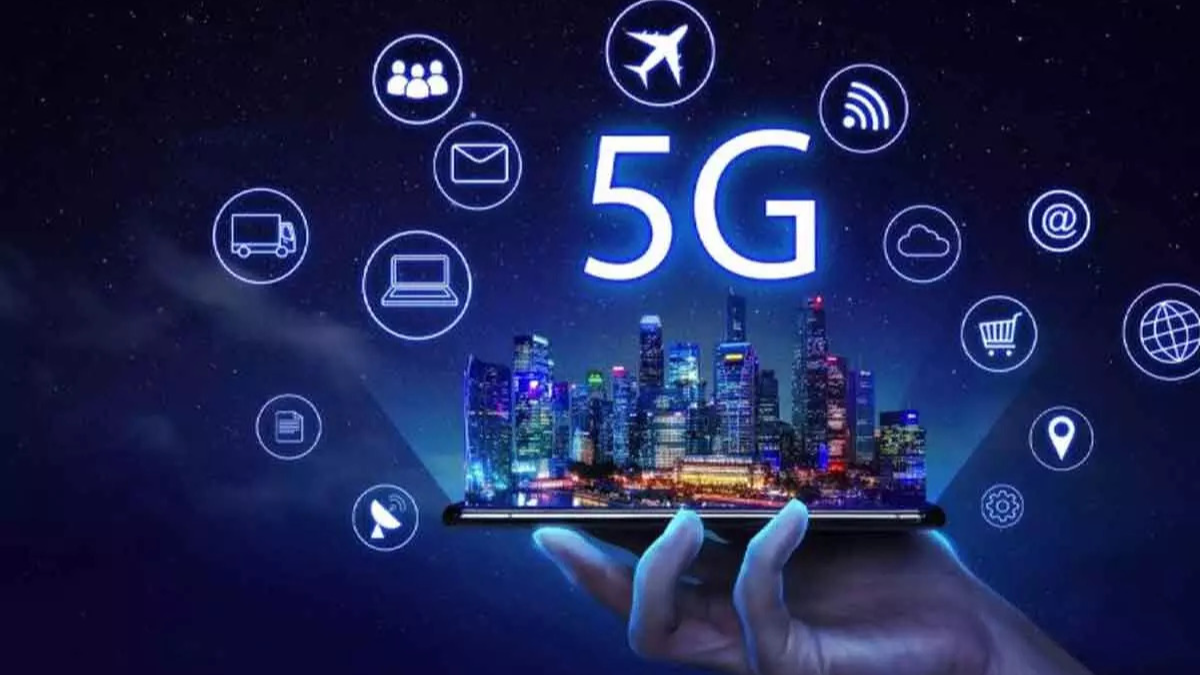


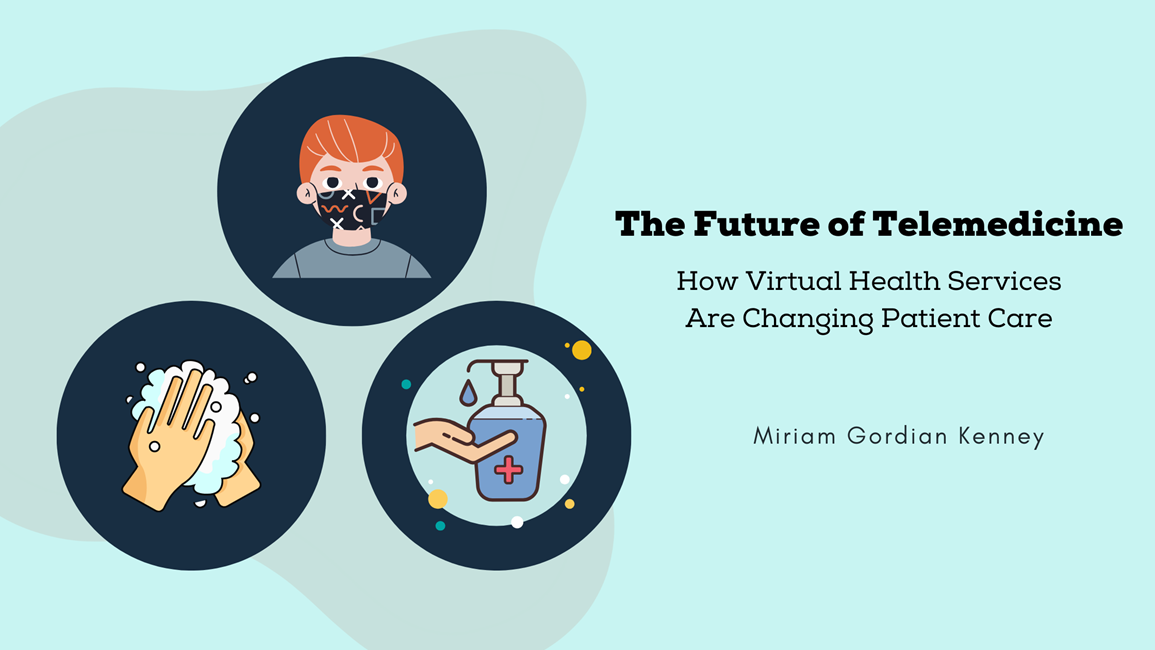
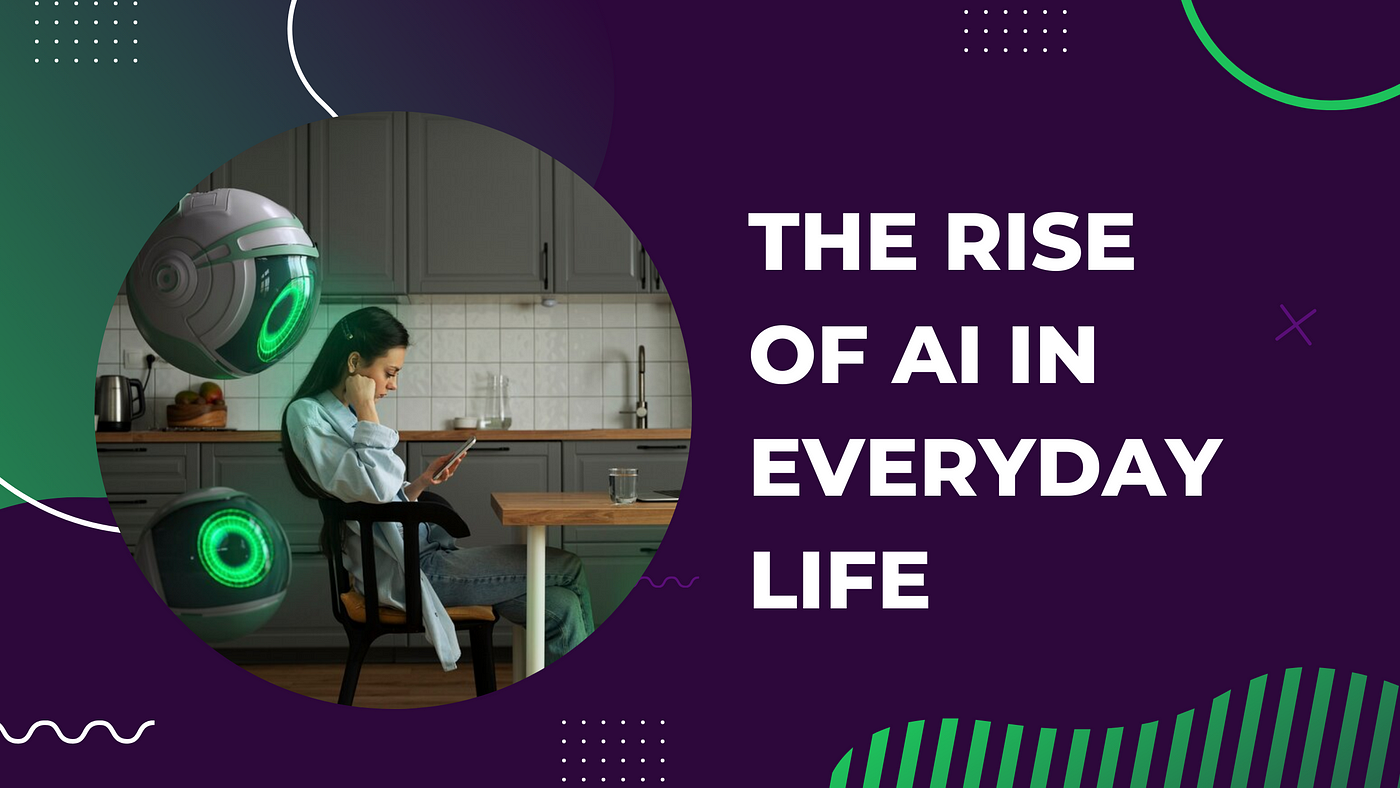
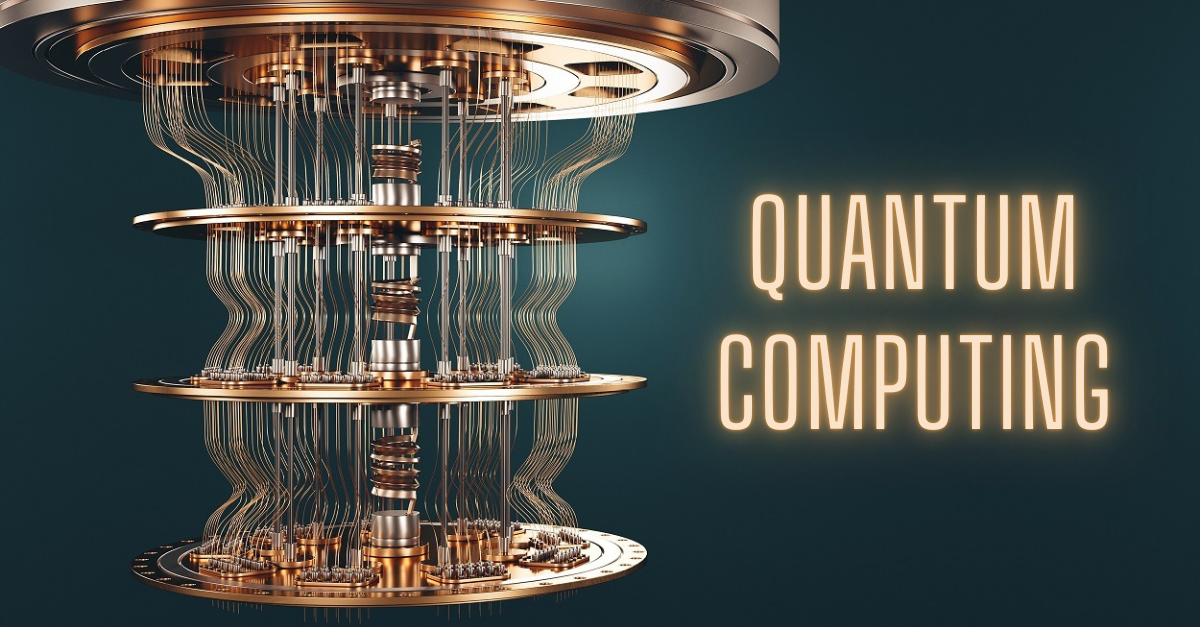
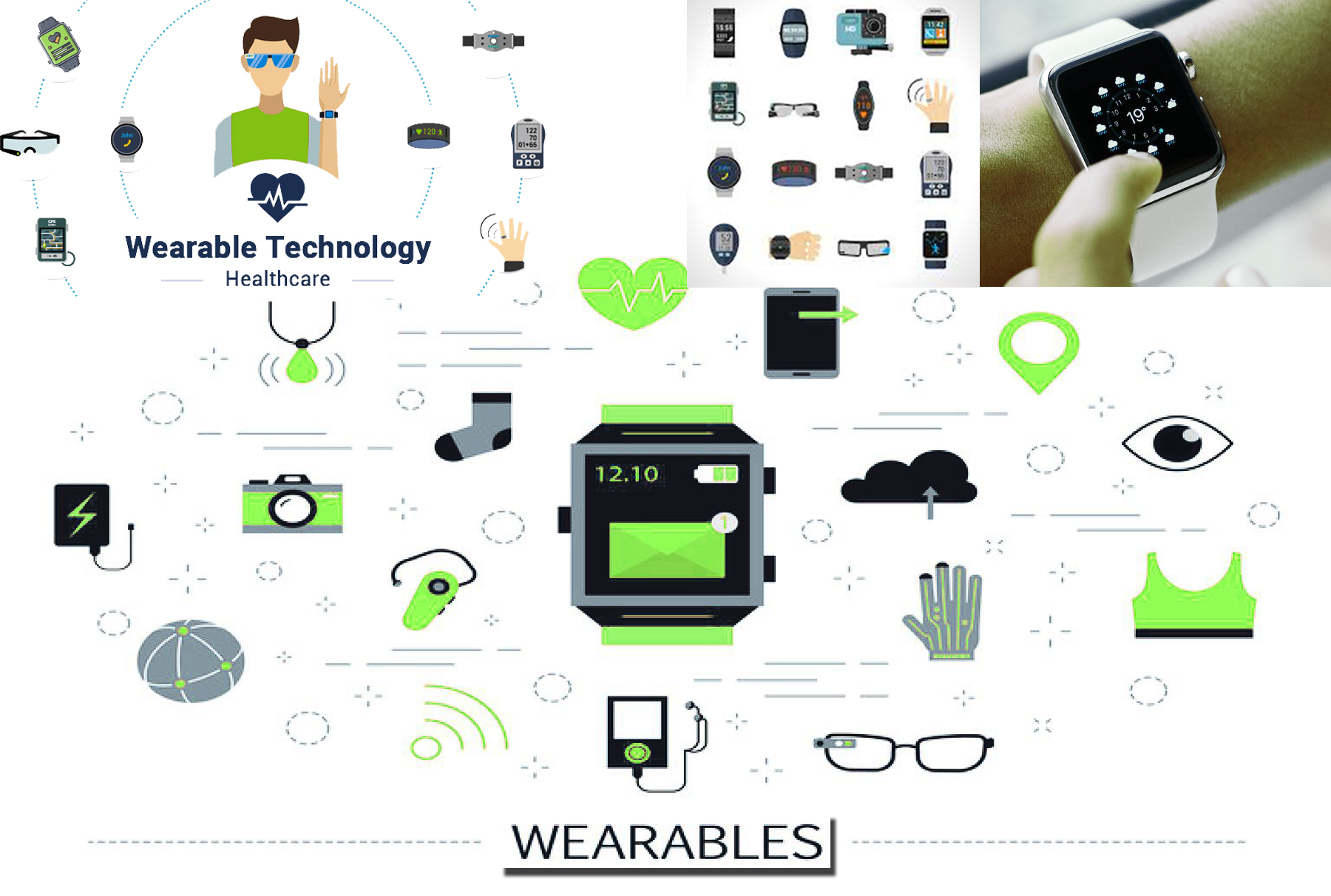
Leave a Reply